Ah, the Dutch Masters — before you run the other way, perhaps fatigued by the seemingly omnipresent exhibits of Dutch works — hear me out.
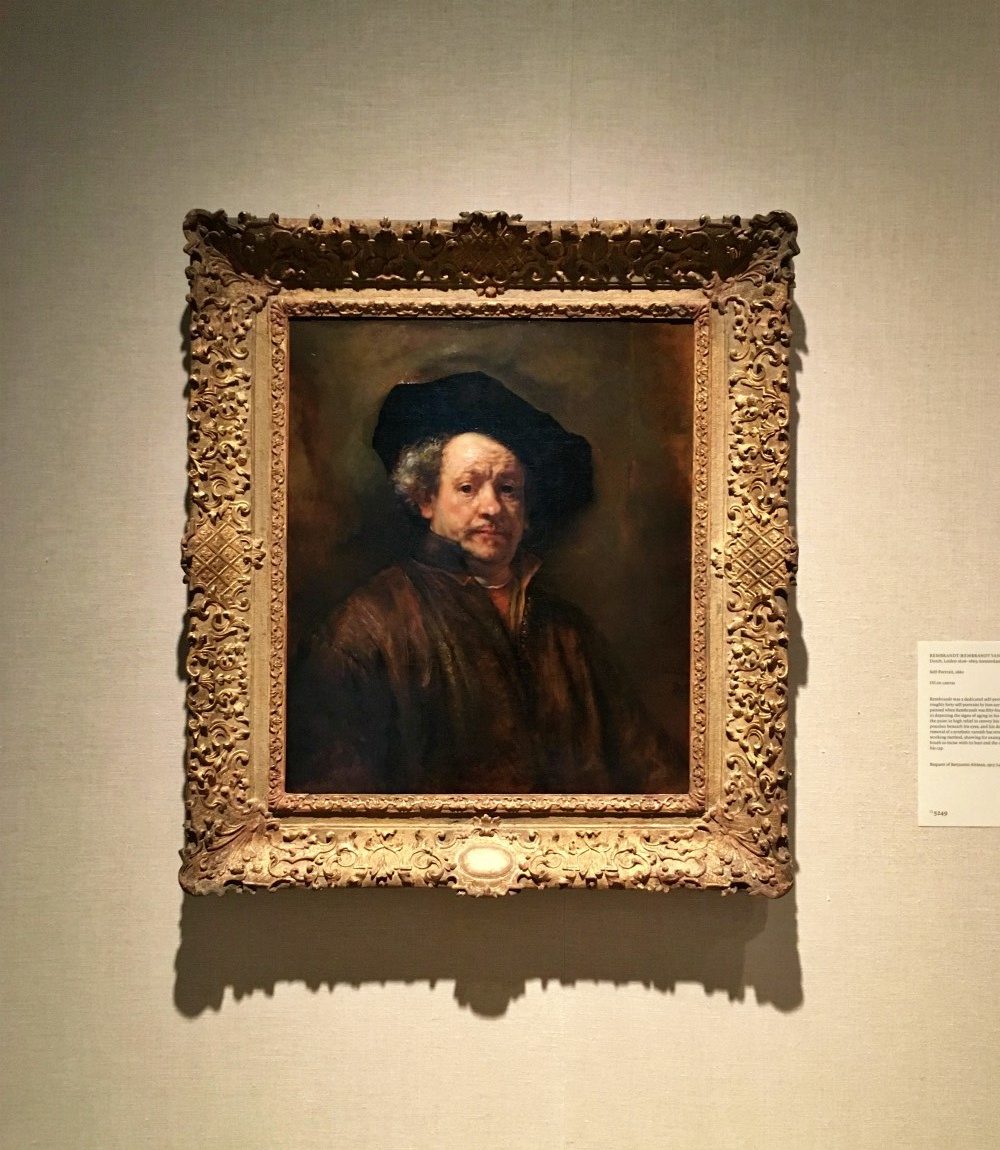 Self-Portrait, Rembrandt, 1660.
Self-Portrait, Rembrandt, 1660.
There's a reason we have somewhat of an obsession with Dutch artworks — their attention to detail is truly incredible.
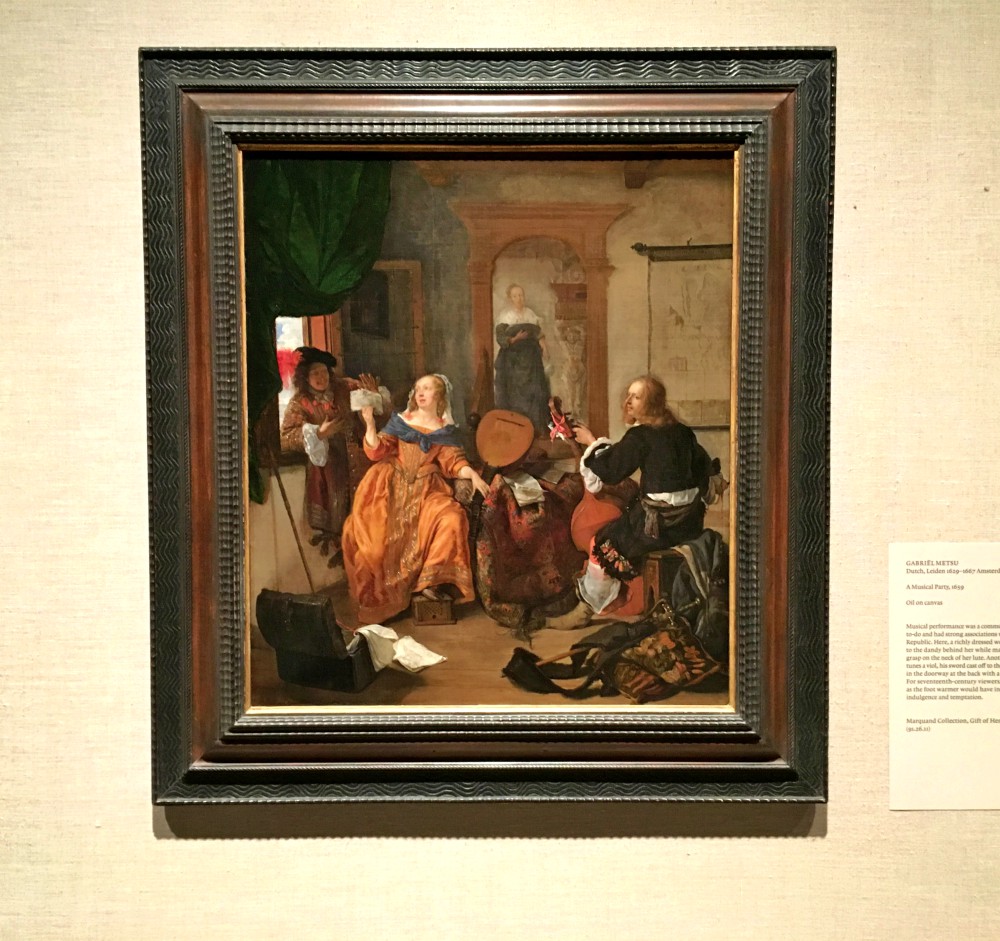 A Musical Party, Gabriel Metsu, 1659.
A Musical Party, Gabriel Metsu, 1659.
Even in a seemingly simple landscape your eye is drawn in by the depth of the scene.
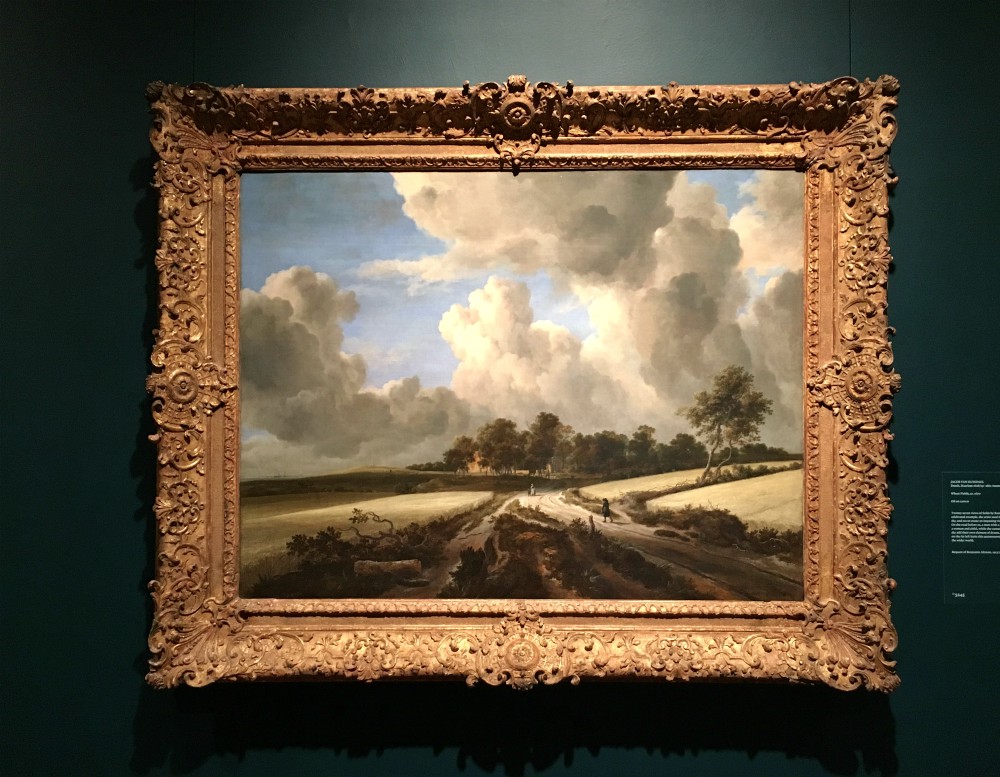 Wheat Fields, Jacob van Ruisdael, 1670.
Wheat Fields, Jacob van Ruisdael, 1670.
 Castle by a River, Jan van Goyen, 1647.
Castle by a River, Jan van Goyen, 1647.
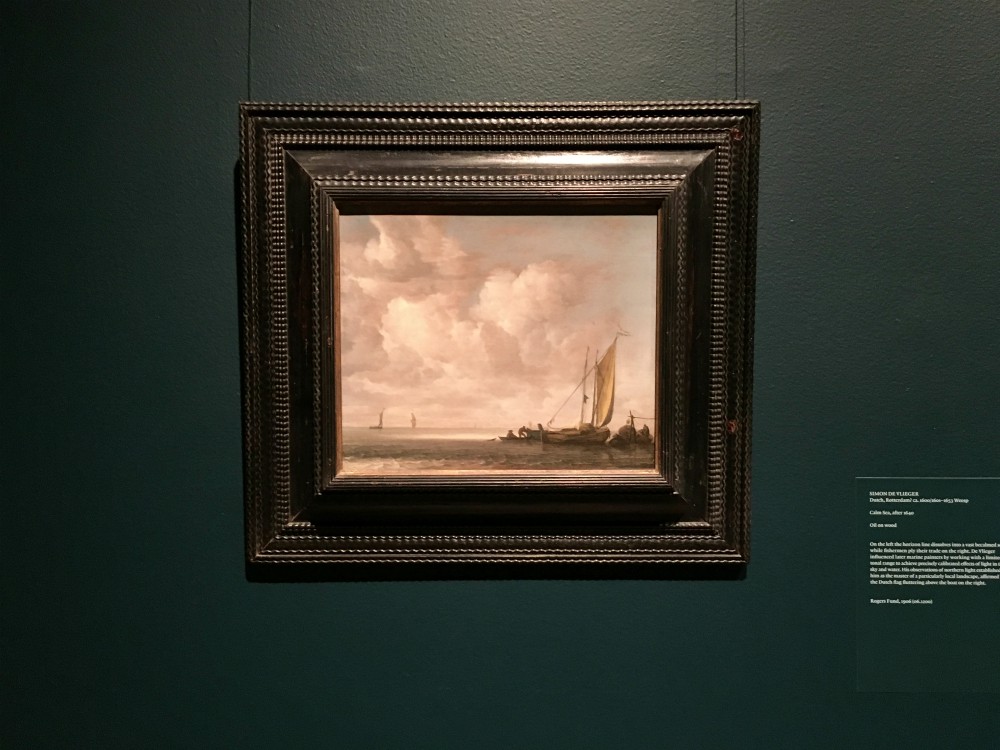 Calm Sea, Simon de Vlieger, 1640.
Calm Sea, Simon de Vlieger, 1640.
While walking through the current MET exhibit, I came to the realization that a Dutch exhibit could feature only three paintings and it would still be a showstopper.
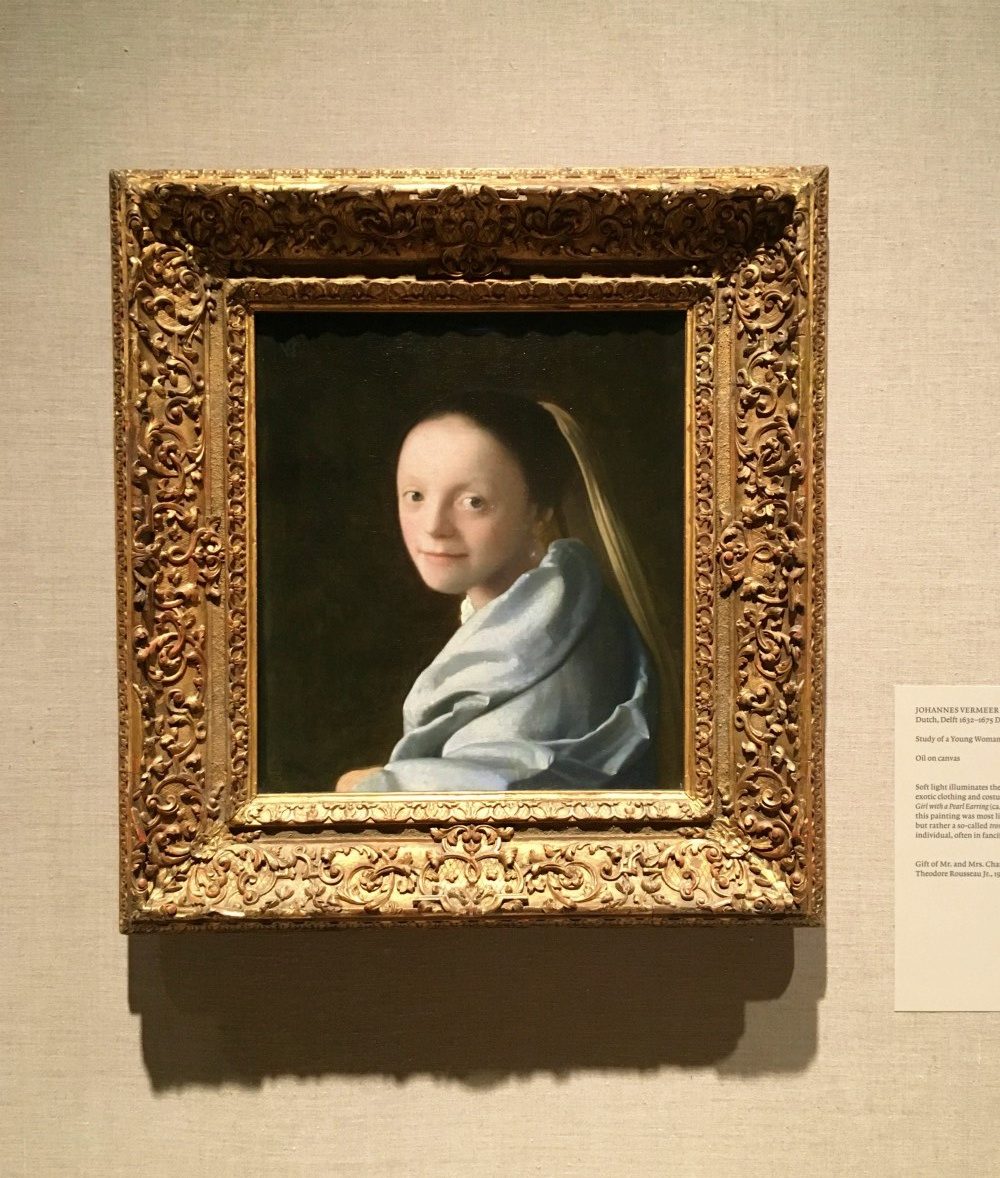 Study of a Young Woman, Johannes Vermeer, 1667.
Study of a Young Woman, Johannes Vermeer, 1667.
You can't walk by these paintings quickly, they are filled with so many items, perspectives, themes, and details that they charm you into staring at them for more than a minute!
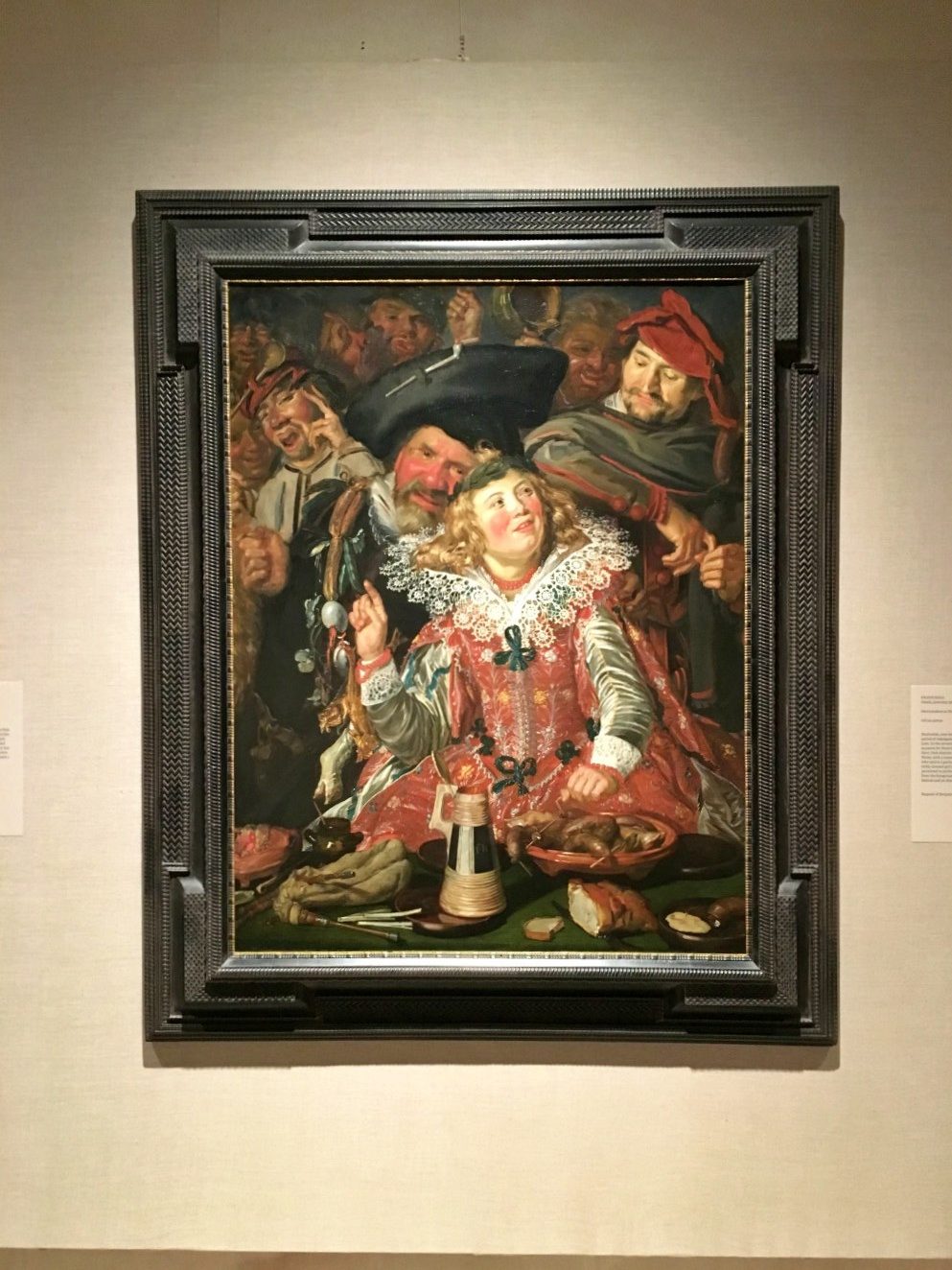 Merrymakers at Shrovetide, Frans Hals, 1617.
Merrymakers at Shrovetide, Frans Hals, 1617.
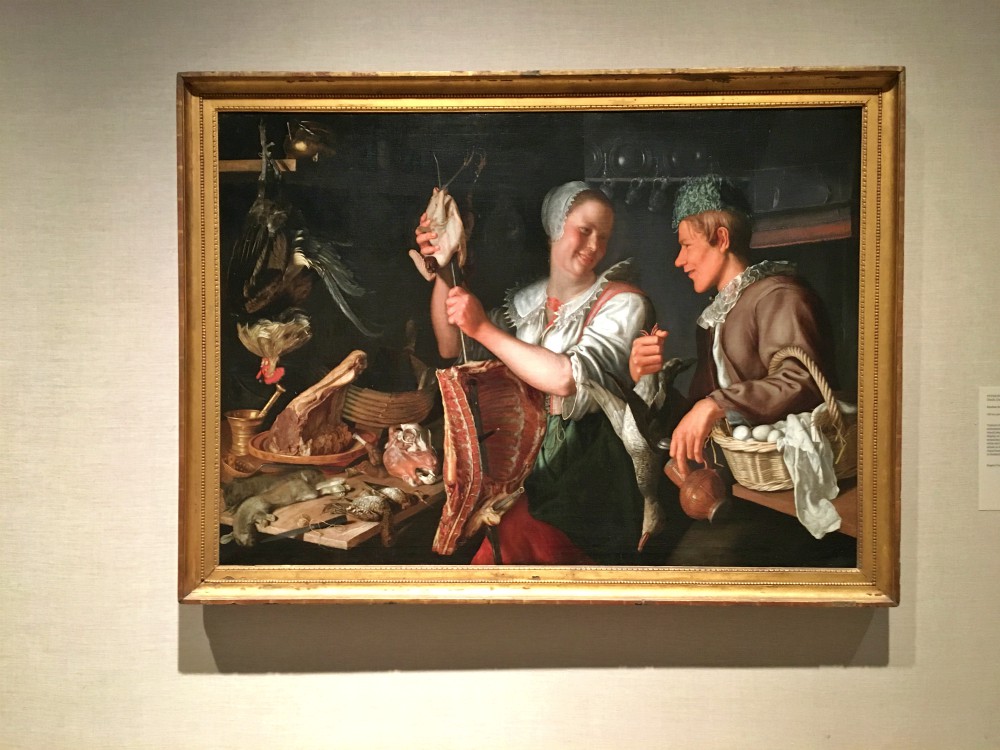 Kitchen Scene, Peter Wtewael, 1620.
Kitchen Scene, Peter Wtewael, 1620.
My favorite piece in the show was Allegory of the Catholic Faith by Johannes Vermeer, painted in 1672.
I found myself stuck in front of this painting mostly due to the family beside me who struck up an animated conversation about it — their ten year old equally as interested as grandma!
Pointing out features, asking each other questions, and posing theories — it was like I was standing with fellow classmates in an art history class.
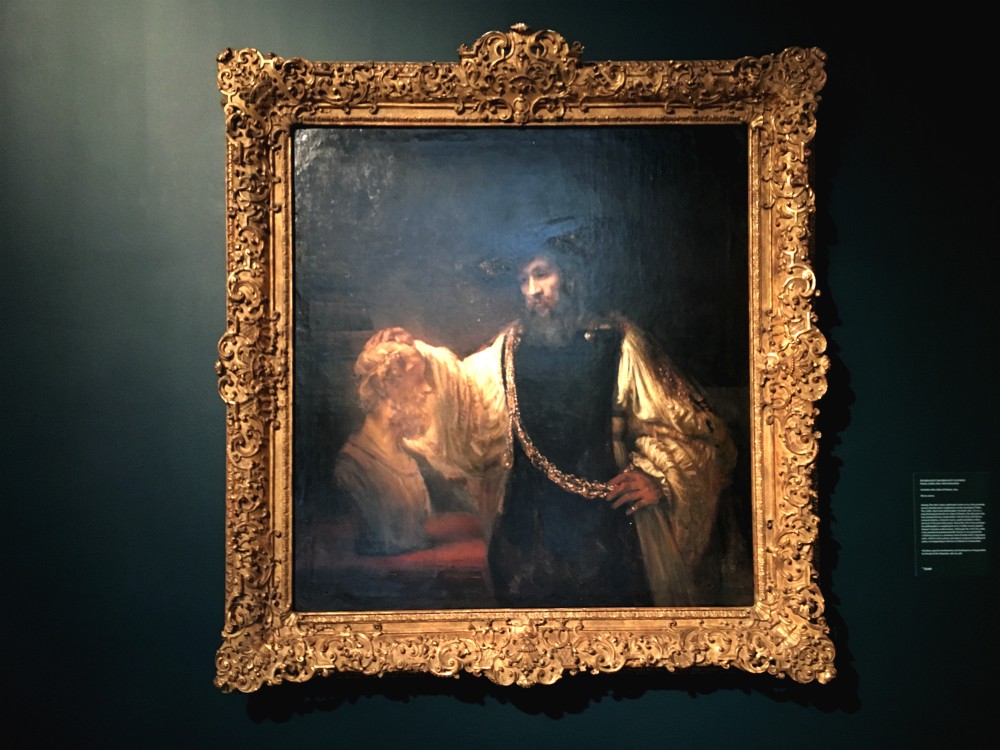 Aristotle with bust of Homer, Rembrandt, 1653.
Aristotle with bust of Homer, Rembrandt, 1653.
And perhaps this is why Dutch paintings are so successful, they require conversation.
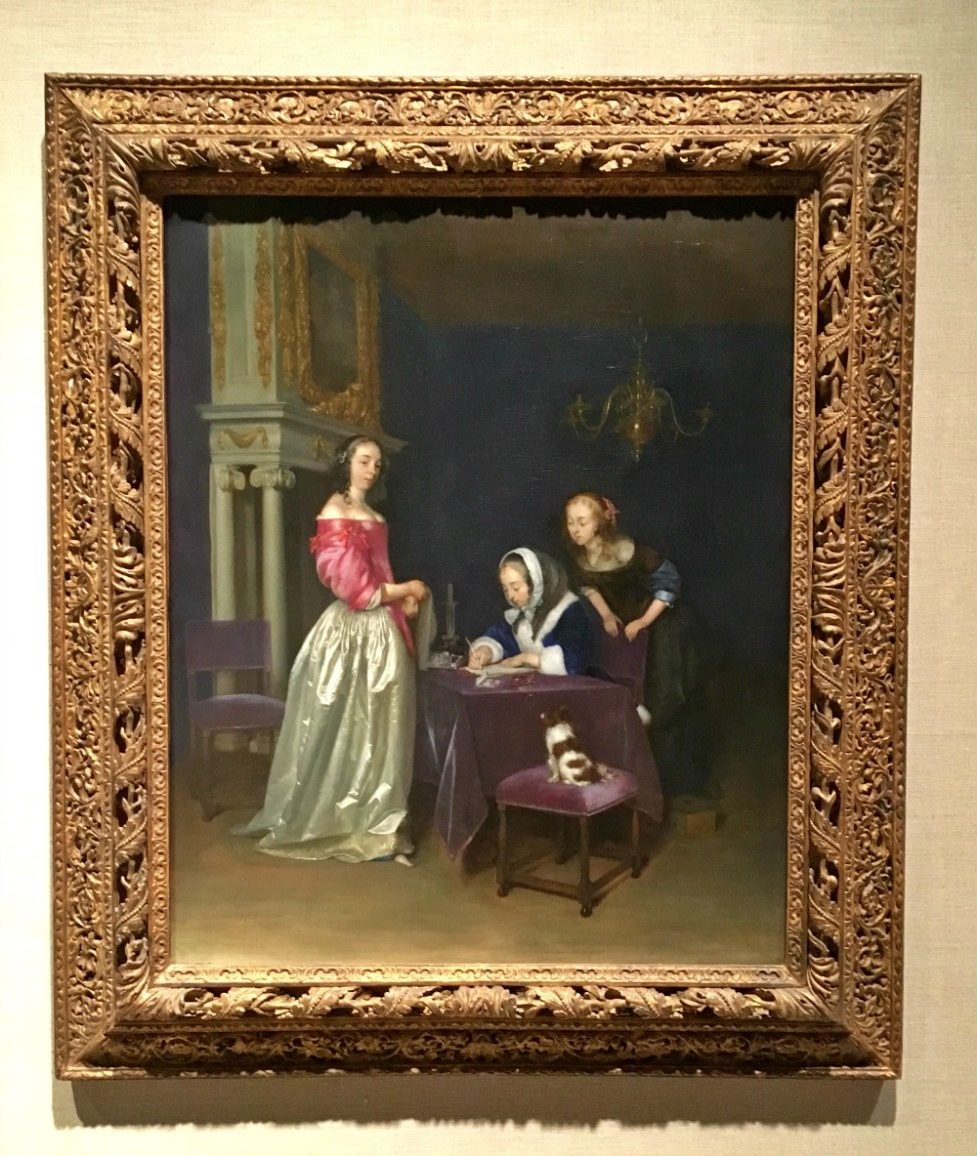 Curiosity, Gerard ter Borch the Younger, 1662.
Curiosity, Gerard ter Borch the Younger, 1662.
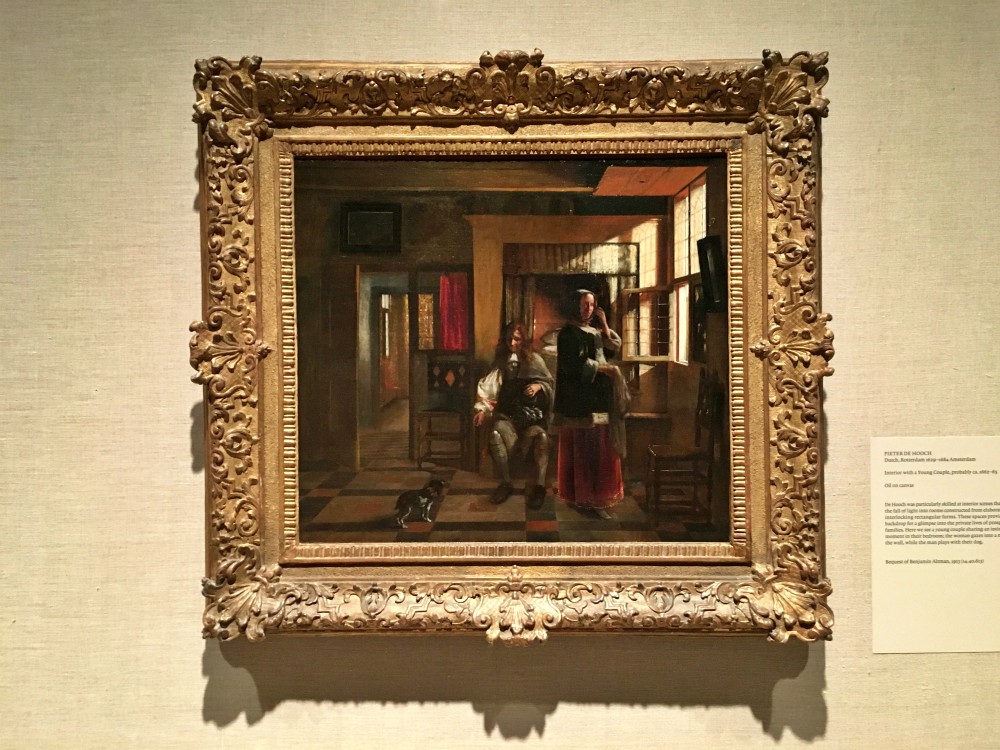 Interior with a Young Couple, Pieter de Hooch, 1665.
Interior with a Young Couple, Pieter de Hooch, 1665.
Each character in a scene exudes natural human psyche and emotion, and each painter sets up the angles perfectly for us as the viewer to feel like we're a part of the moment — invited or unbeknownst to the figures.
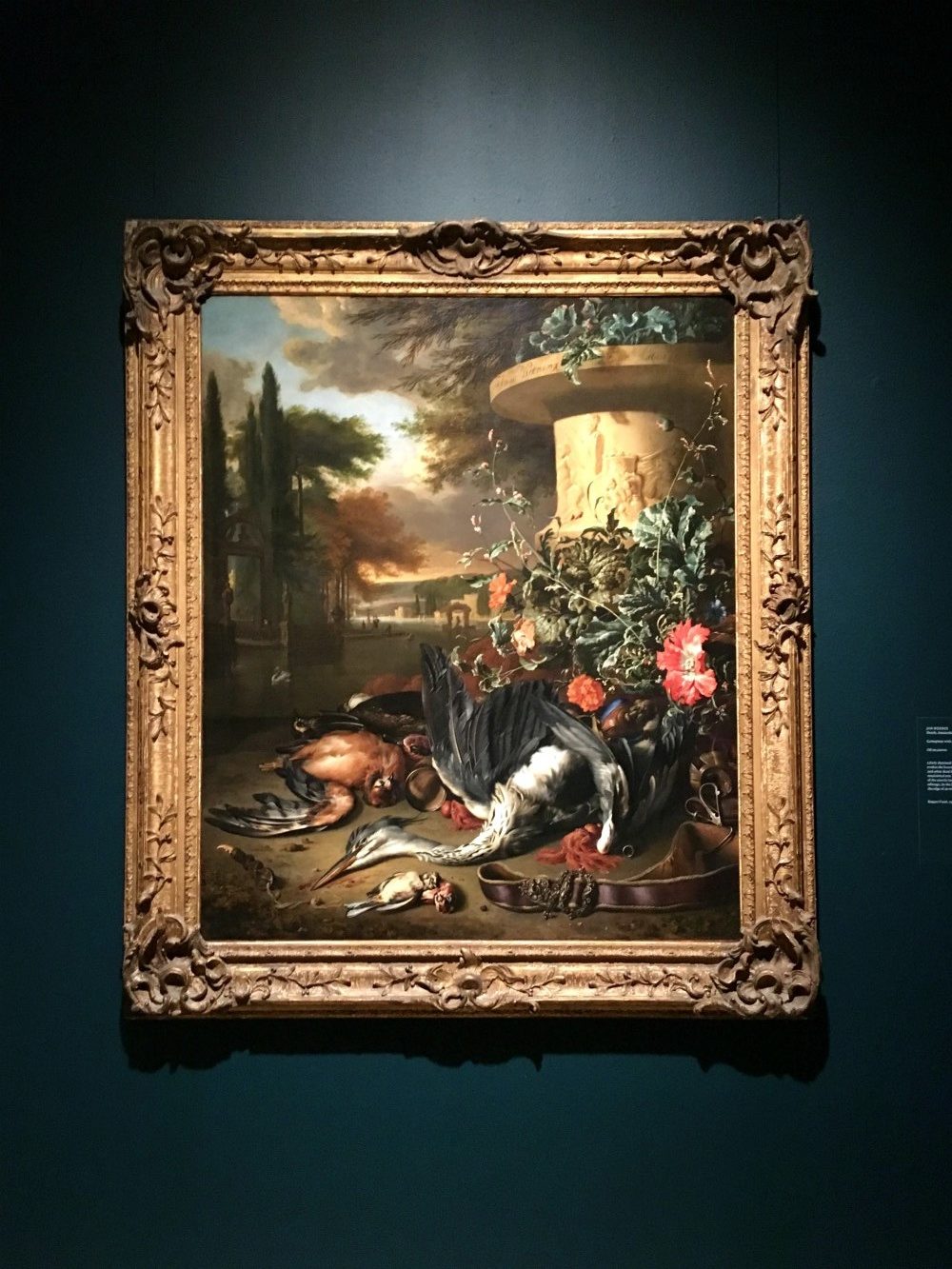 Gamepiece with a Dead Herron, Jan Weenix, 1695.
Gamepiece with a Dead Herron, Jan Weenix, 1695.
They provide us with infinite story options for how the scene came to be, and these paintings entice the viewer to discuss what's really going on.
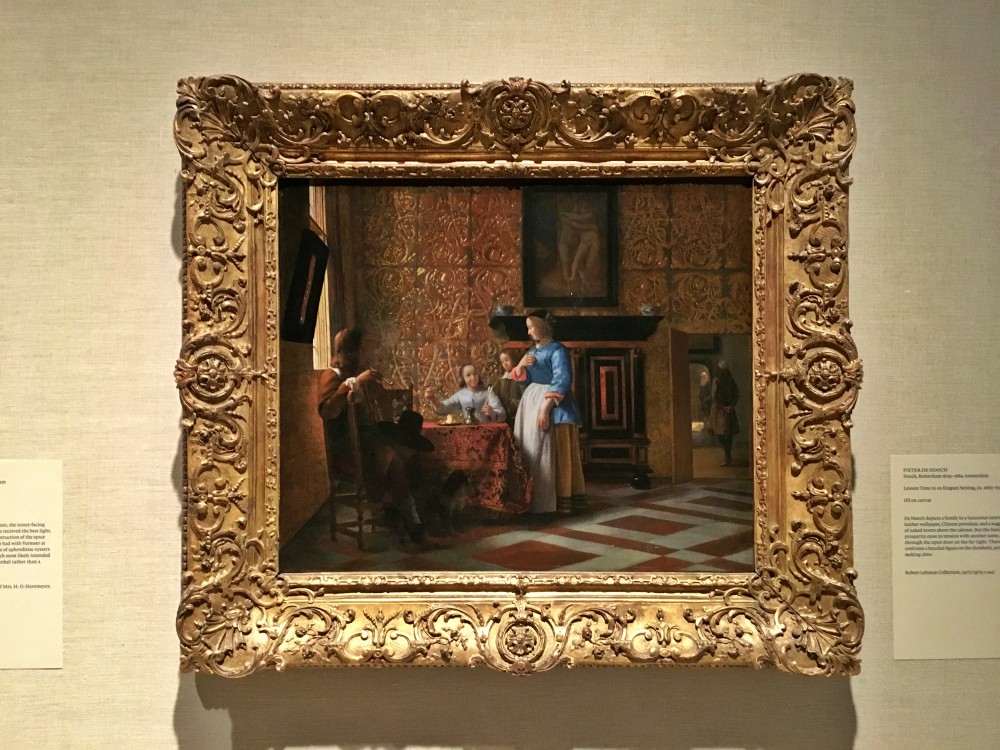 Leisure Time in Elegant Setting, Pieter de Hooch, 1665.
Leisure Time in Elegant Setting, Pieter de Hooch, 1665.
Do you think one could argue Dutch paintings are interactive art?
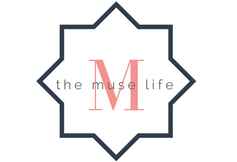
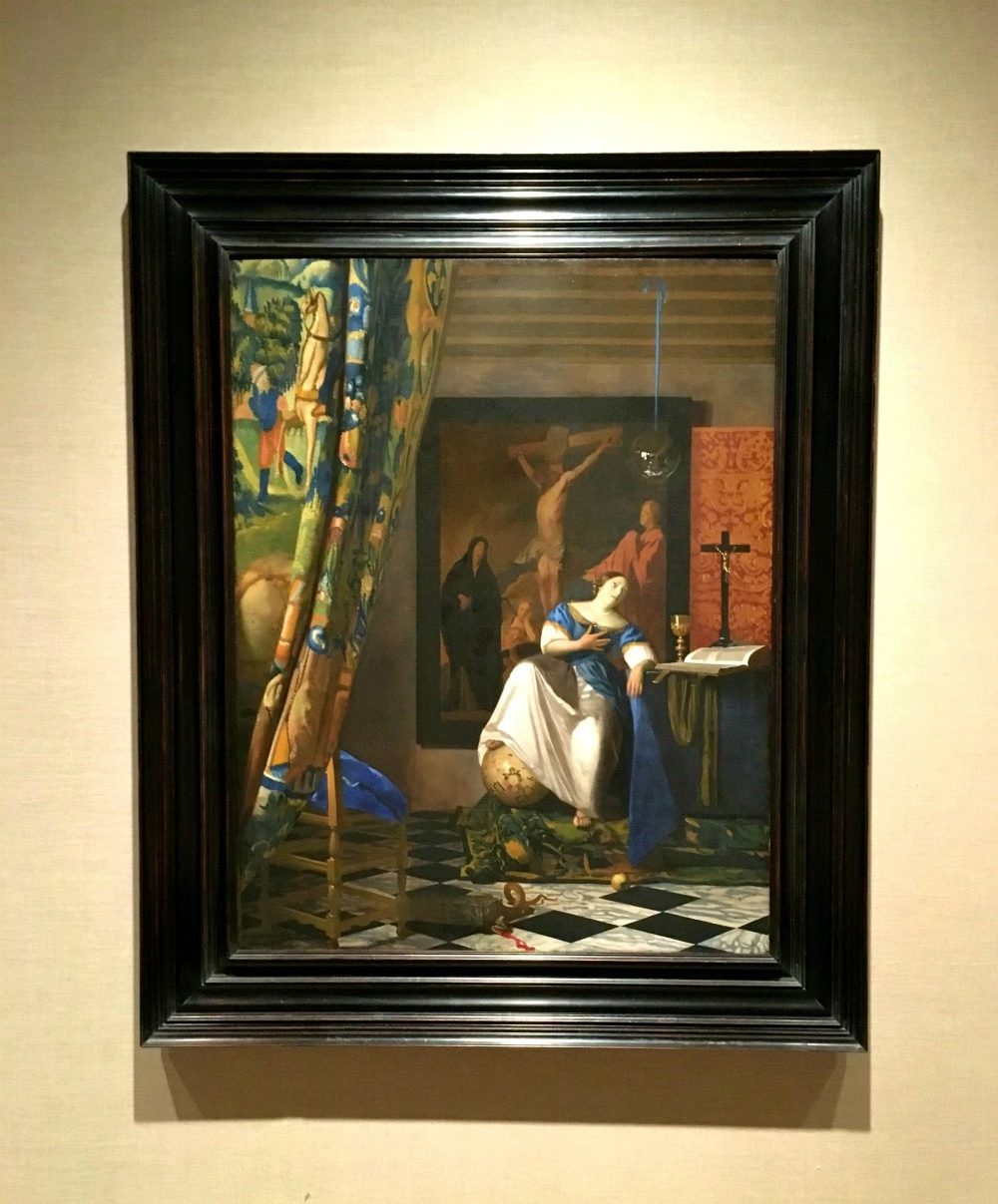
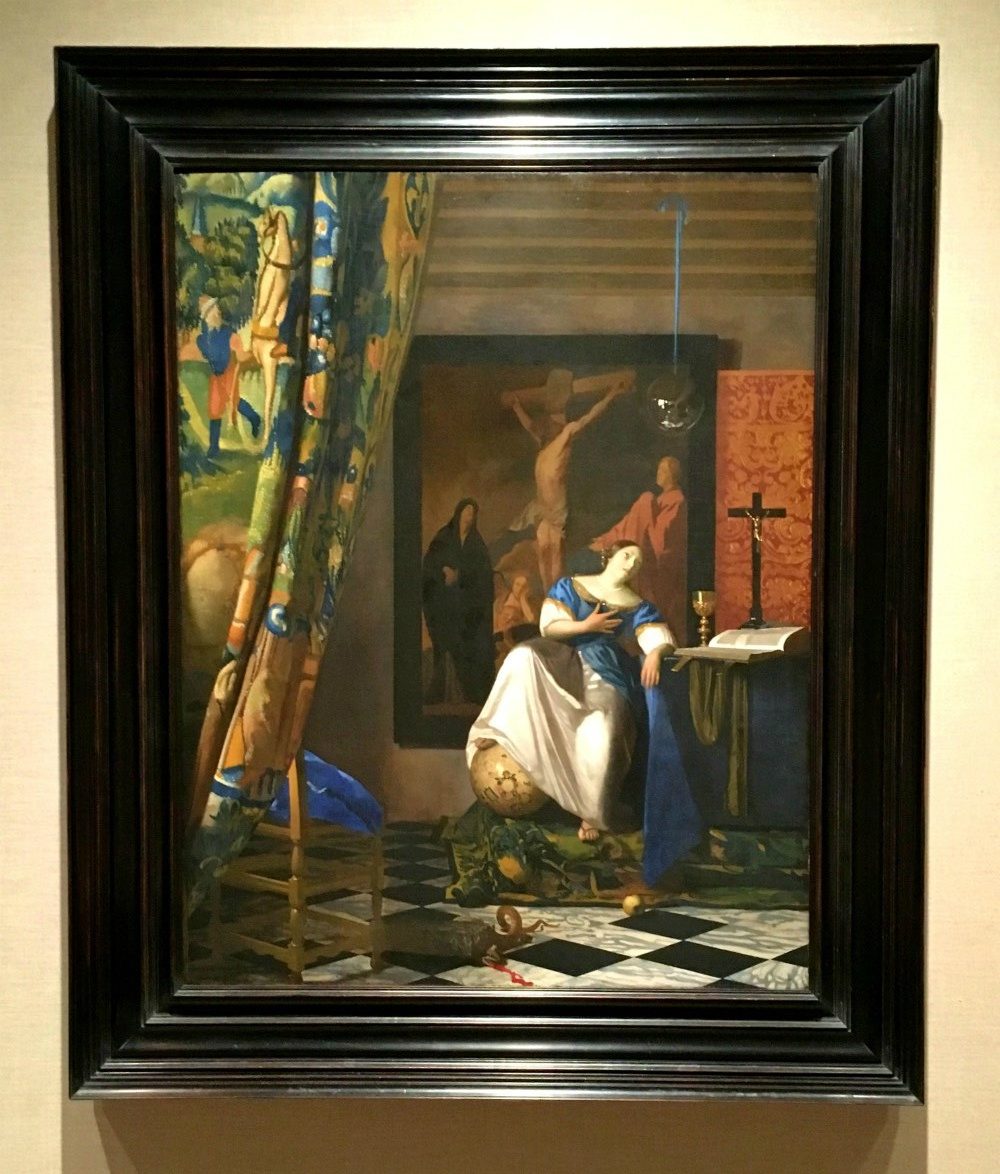
I do agree that you could say that Dutch art is interactive or at least brain teasing! The composition and master craft work invite you to step right into the scene.
I have never been a big fan of Dutch painters–most of the pieces I have seen have been depressingly dark and foreboding. But the works in this exhibit are none of that. I am always amazed at the incredible detail that some artists can paint–like the lace in the collar of the lady Merrymaking at Shrovetide or the realistic food items in Kitchen Scene or the wall ornamentation in Leisure Time in Elegant Setting. But most of all I love the way they use different shades of paint color to depict sunlight and feathers in Gamepiece with a Dead Herron or the folds of the skirt in Curiosity.
Their attention to detail is absolutely incredible! It’s the first reason I began to like Dutch paintings…their minuteness is probably second only to Chinese scroll paintings where single-haired paintbrushes were used to depict some of the smallest of tree branches. But the Dutch ability to capture light and glasses with liquid is truly exquisite! So glad you like the paintings here!